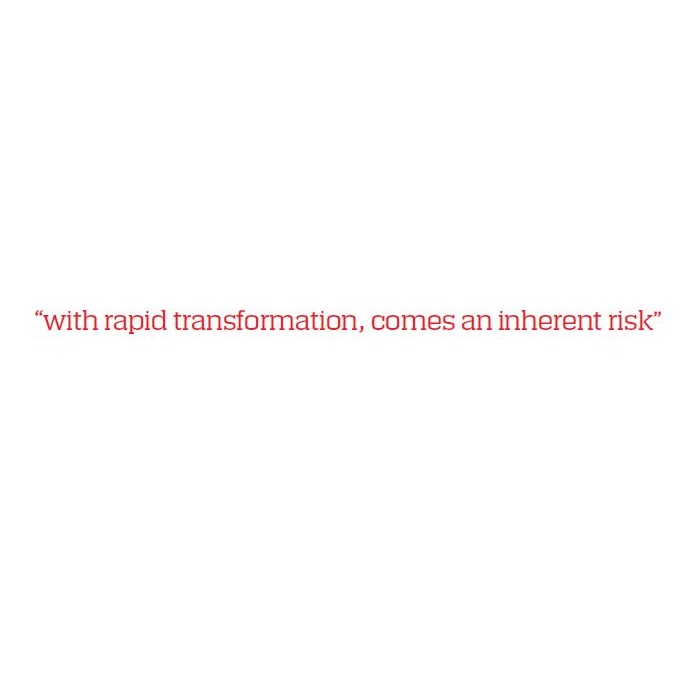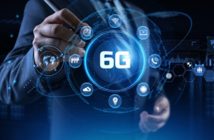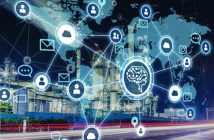
The world is transforming faster than ever before. Nascent technologies seem to emerge and become industrialised in less than 12 months, fuelled by enormous investments from Silicon Valley venture capital firms. Furthermore, what were once underground technologies, such as P2P networking and digital currencies, are now leveraged by contemporary enterprises, such as the consideration of blockchain underpinning the future of international banking. The two most obvious shifts we’ve seen of late, however, are the emphasis on mobile computing and the shifting of enterprise IT into the cloud.
But with rapid transformation, comes an inherent risk. The Internet of Things (IoT) is comprised of a massive collection of new devices that were once unconnected and standalone. These devices are now coming onto the grid with serious security vulnerabilities, that themselves lead to not just digital impacts, but also physical impacts that affect real world human safety. The race to get devices connected to the Internet is seeing products hit the market with security flaws that we thought we had eradicated over a decade ago, so something is going massively wrong in the race to market.
At the heart of many of the latest technology developments lies advanced machine learning and artificial intelligence. This machine learning allows autonomous systems to actually modify its future behaviour, based on receiving feedback from appropriately located sensors…Click HERE to read full article.




